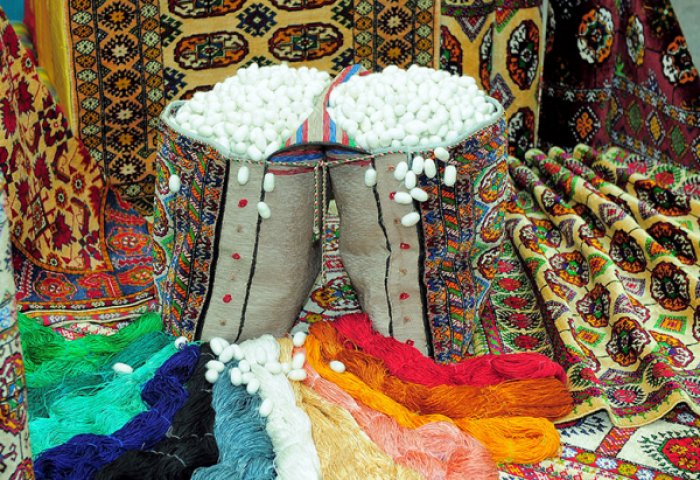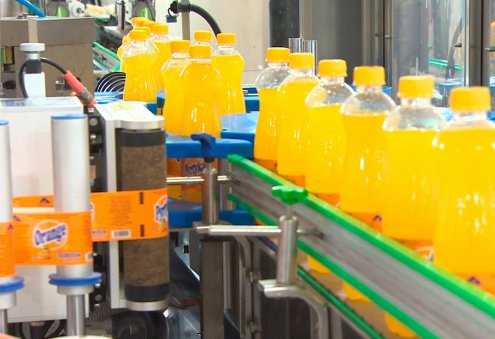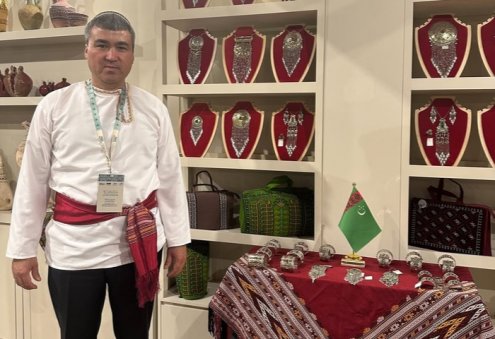Türkmenýüpek JSV of the Ministry of Textile Industry projects to produce more than 2 thousand tons of cocoons in 2019. Cocoon is a part of sericulture or silk production and it yields silk fabric after being processed.
The country’s northeast Lebap province is expected to top cocoon production with 960 tons against the planned nationwide production of 2,030 during this period. The province borders Afghanistan and Uzbekistan along the Amu Darya River. Due to the sunny climate and abundance of water resources, the province also produces one of the highest quality cotton and wheat in the world. Lebap province has an area of 93,730 square kilometers.
The state-owned Türkmenýüpek JSV says its target is to produce more than 1 thousand tons of cocoons in four other provinces, including 485 tons in northern Dashoguz province, 405 tons in eastern Mary province, 155 tons in southern Ahal province, and 25 tons in western Balkan province.
The silk production industry in Turkmenistan starts with mulberry plantation. Once the plant is grown, Türkmenýüpek JSV supplies laying eggs to farmers. These eggs are kept on mulberry leaves in the shade. The silkworms emerge from eggs and consume mulberry leaves until they spin cocoons. These cocoons are then boiled and spun into a fabric.
Ashgabat Silk-reeling Factory, Turkmenabat Silk Production Association, and Rukhabat Panne Velvet Factory are currently the top buyers of Turkmen cocoons.


















